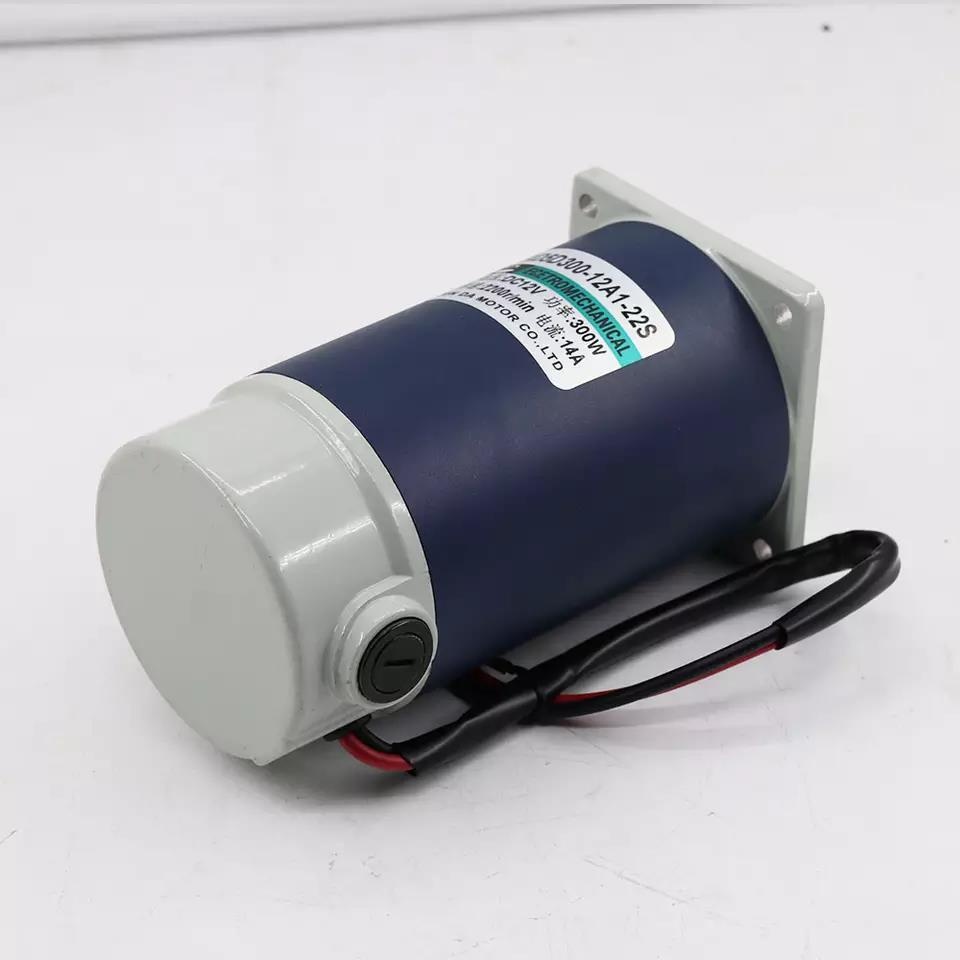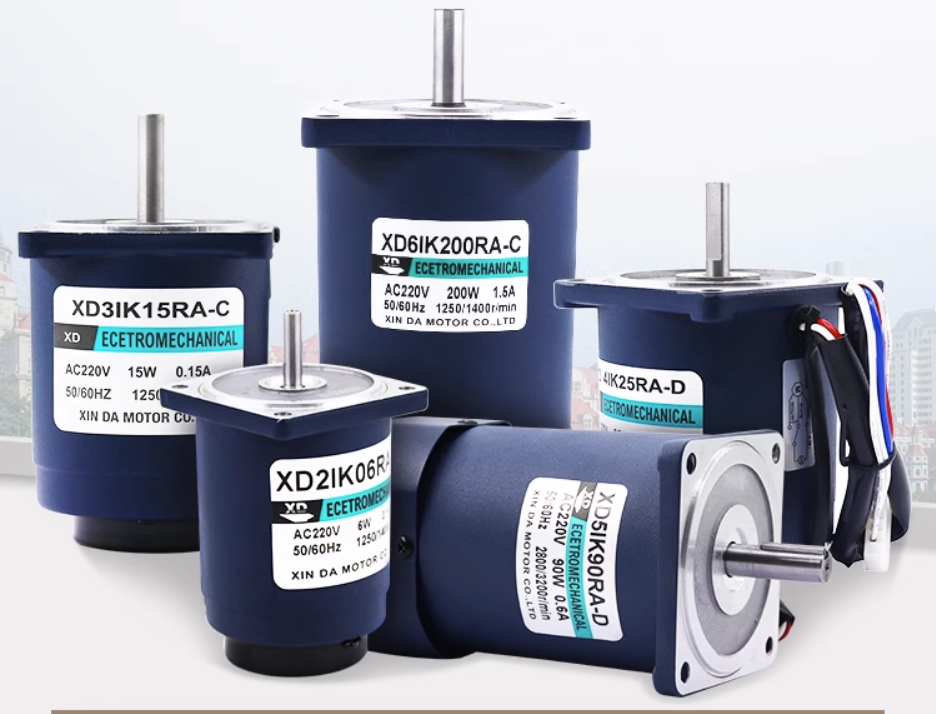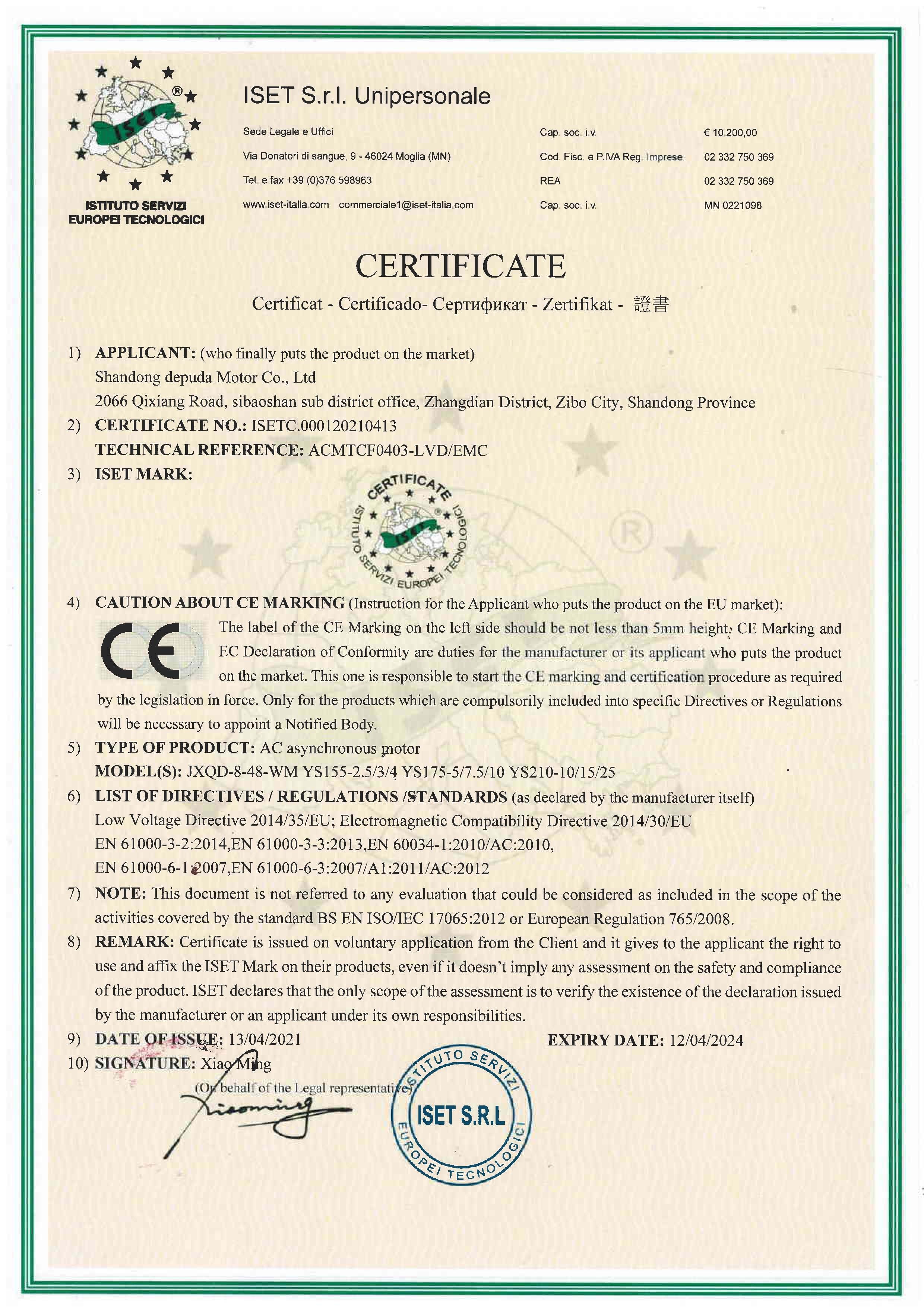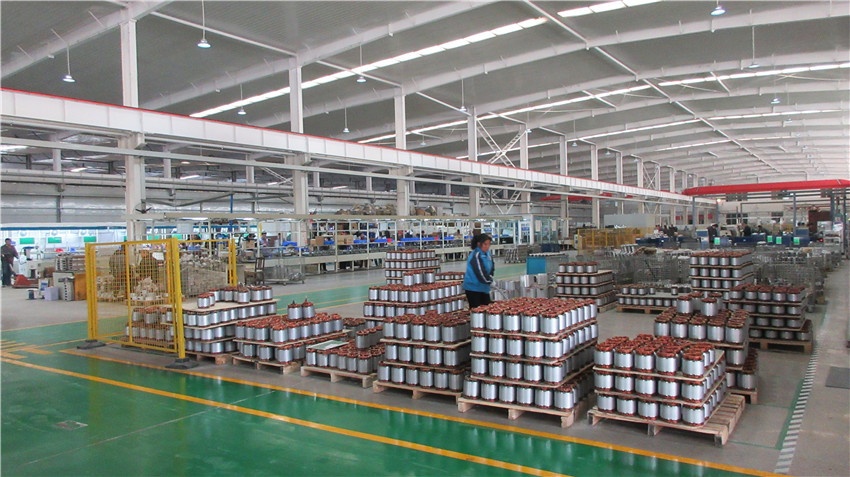What does the number of motor stages indicate? There are so many things to know
In factories, you often hear people ask, "What level is the motor?"
To understand, we must first know what poles are: poles refer to the magnetic poles formed by the generator rotor after the excitation current is passed through the rotor coil. Simply put, it is the number of cycles of current that can be induced in one turn of the stator coil for each revolution of the rotor. Different pole numbers require different speeds to generate a 50Hz potential.
(50HZ*60 seconds/minute (i.e. 3000) divided by the number of poles is the number of revolutions the motor makes per minute.) The same principle applies to electric motors, which is just the reverse process of generators.
The number of poles reflects the synchronous speed of the motor. The synchronous speed of 2 poles is 3000r/min, the synchronous speed of 4 poles is 1500r/min, the synchronous speed of 6 poles is 1000r/min, and the synchronous speed of 8 poles is 750r/min.




























 XINDA
XINDA